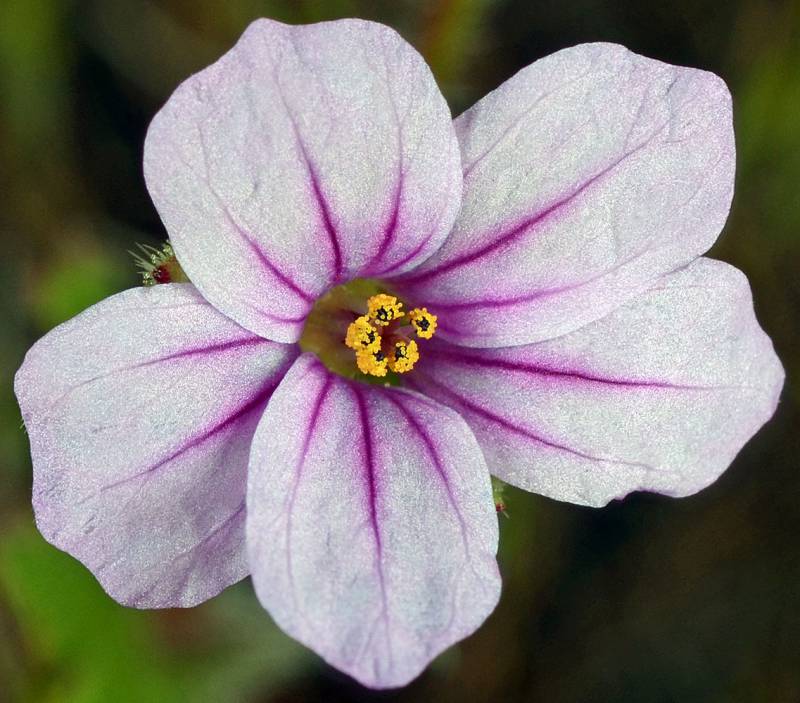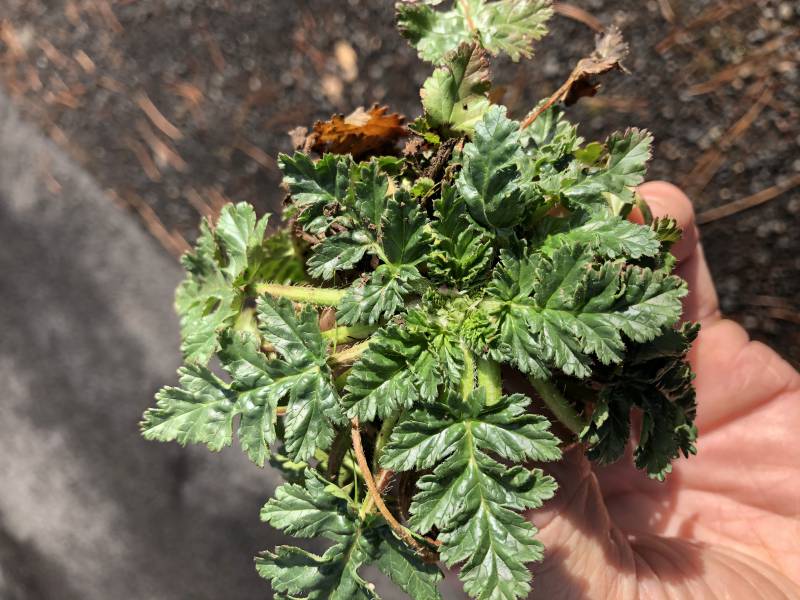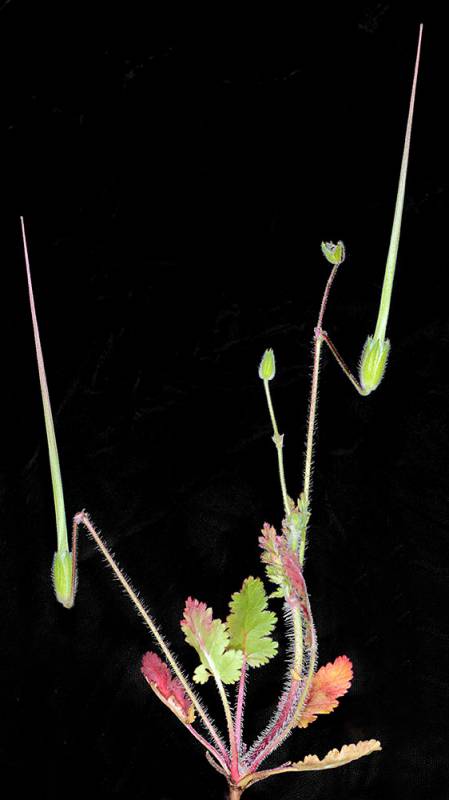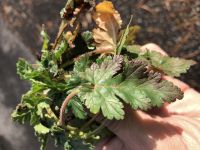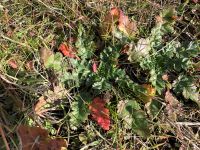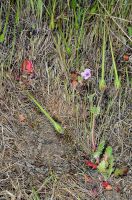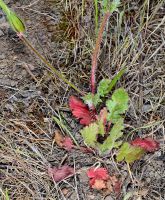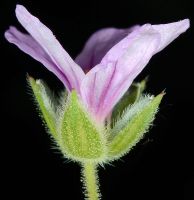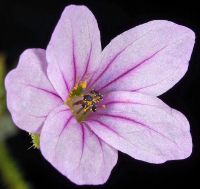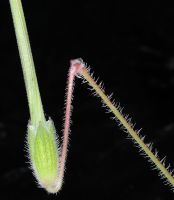Distribution: Currently known in Washington only from Klickitat County; Washington to California, also in Texas and scattered states in the northeastern U.S.
Habitat: Disturbed, open ground.
Flowers: March-May
Origin: Introduced from the Mediterranean
Growth Duration: Annual, Biennial
Conservation Status: Not of concern
Pollination: Bees, flies
Annual; stems 1-9 dm tall, prostrate to ascending, hairy.
Leaves simple, mostly basal, pinnately lobed or dissected, to 15 cm long, petiole approximately same length as blade, glabrous or somewhat puberulent with short appressed hairs on veins; cauline leaves opposite, somewhat smaller, nearly sessile.
Inflorescence umbellate, 2-3 flowered; flowers radially symmetric; sepals 10-13 mm, hairy, bristly tips; petals generally slightly longer than sepals, light purplish pink to pink; stamens 5.
Mericarps 5, 8-11 mm, bristly, sharp-pointed base, not pitted, subtended by up to 4 glabrous ridges, on twisted stylar column segments 5-12 cm.
Publication: Amoen. Ital. 35. 1819.
PNW Herbaria: Specimen records of Erodium botrys in the Consortium of Pacific Northwest Herbaria database
WA Flora Checklist: Erodium botrys checklist entry
OregonFlora: Erodium botrys information
E-Flora BC: Erodium botrys atlas page
CalPhotos: Erodium botrys photos

